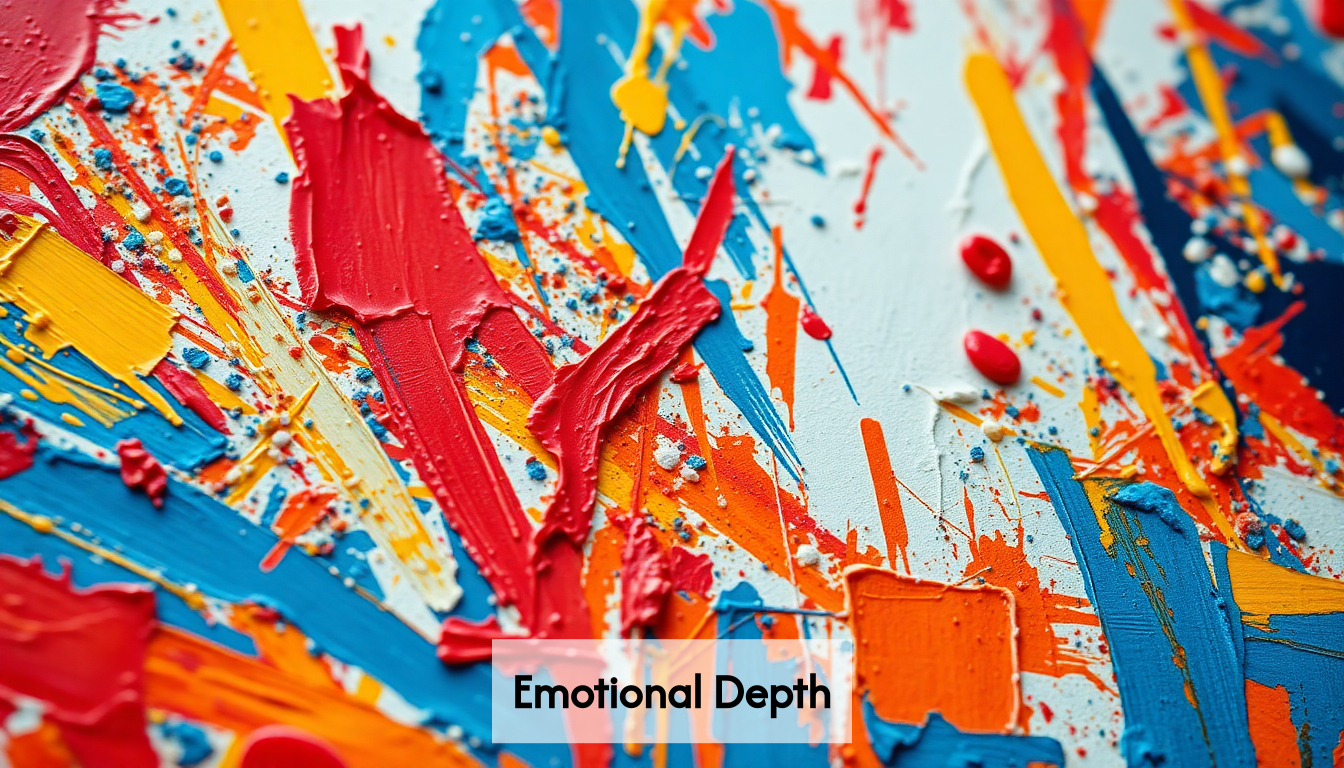
Abstract Expressionism, a ground-breaking art movement that emerged in the mid-20th century, revolutionized how emotions were expressed through visual art. At its peak, it boasted over 300 influential artists and reshaped the New York art scene, transforming it into a global hub. This artistic approach isn’t just about bold colors and freeing brushstrokes; it’s about a deep connection between artist and canvas, a phenomenon that continues to inspire creators today.
The roots of this movement hold a striking contrast: born from the chaos of World War II, it emphasized personal expression over traditional representation. The unexpected twist? It didn’t just change the art world; it reshaped our understanding of creativity itself, proving that art can serve as a vehicle for emotional insight and social commentary.
Foundations of Abstract Expressionism
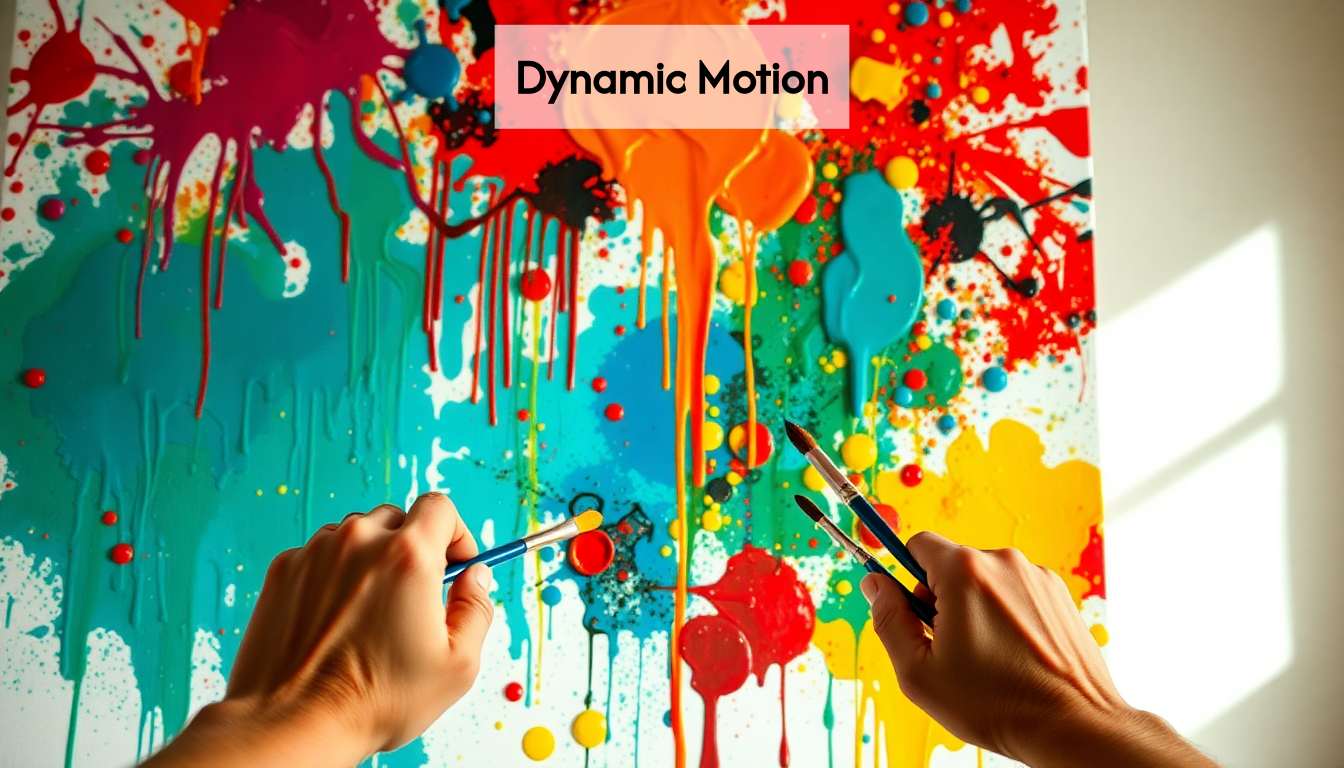
Abstract Expressionism emerged in the 1940s-1950s as a revolutionary art movement centered in New York City. This powerful artistic approach developed as a direct response to the chaos and trauma of World War II, reflecting the complex emotions of post-war America.
Origins and Influences
The movement grew from multiple artistic influences:
- European Modernism: Drawing from Surrealism’s focus on the unconscious mind
- Eastern Philosophy: Incorporating concepts of meditation and spontaneity
- American Context: Rejecting earlier styles like Regionalism and Social Realism that no longer resonated in post-war society
According to art historians at MII Creative, Abstract Expressionism fundamentally “rejected traditional notions of beauty and representation” while valuing individual perspective over conventional aesthetics.
Core Philosophical Principles
Abstract Expressionism wasn’t merely a style but a philosophical approach to art creation, characterized by:
- Authentic self-expression - Artists sought to reveal their innermost feelings through their work
- Spontaneity and immediacy - The unplanned, intuitive process became as important as the finished artwork
- Universal language - Abstract forms aimed to communicate beyond cultural or linguistic barriers
Two Major Approaches
| Approach | Characteristics | Notable Artists |
|---|---|---|
| Action Painting | Dynamic, physical, gestural | Jackson Pollock, Willem de Kooning |
| Color Field | Contemplative, emotional impact through color | Mark Rothko, Barnett Newman |
This revolutionary movement transformed how art was created, viewed, and discussed, establishing a uniquely American artistic voice while laying groundwork for numerous subsequent art movements.
Key Takeaways
| Takeaway | Explanation |
|---|---|
| Abstract Expressionism is a response to WWII | The movement emerged as artists sought to express the complex emotions of post-war America, reflecting chaos and trauma. |
| The significance of individual perspective | The movement rejected traditional notions of beauty and representation, valuing personal expression over conventional aesthetics. |
| Spontaneity is key | The unplanned and intuitive process in art creation became a central tenet, emphasizing the act of painting itself. |
| Two major approaches defined the movement | Action Painting, focusing on dynamic, physical expression, and Color Field, emphasizing emotional impact through color, showcased the diversity within Abstract Expressionism. |
Example of Abstract Expressionism Unpacked
Abstract expressionism artwork revolutionized the art world through its bold approach to creation and emotional depth. Let’s examine specific examples that embody the movement’s core principles.
Jackson Pollock: The Quintessential Action Painter
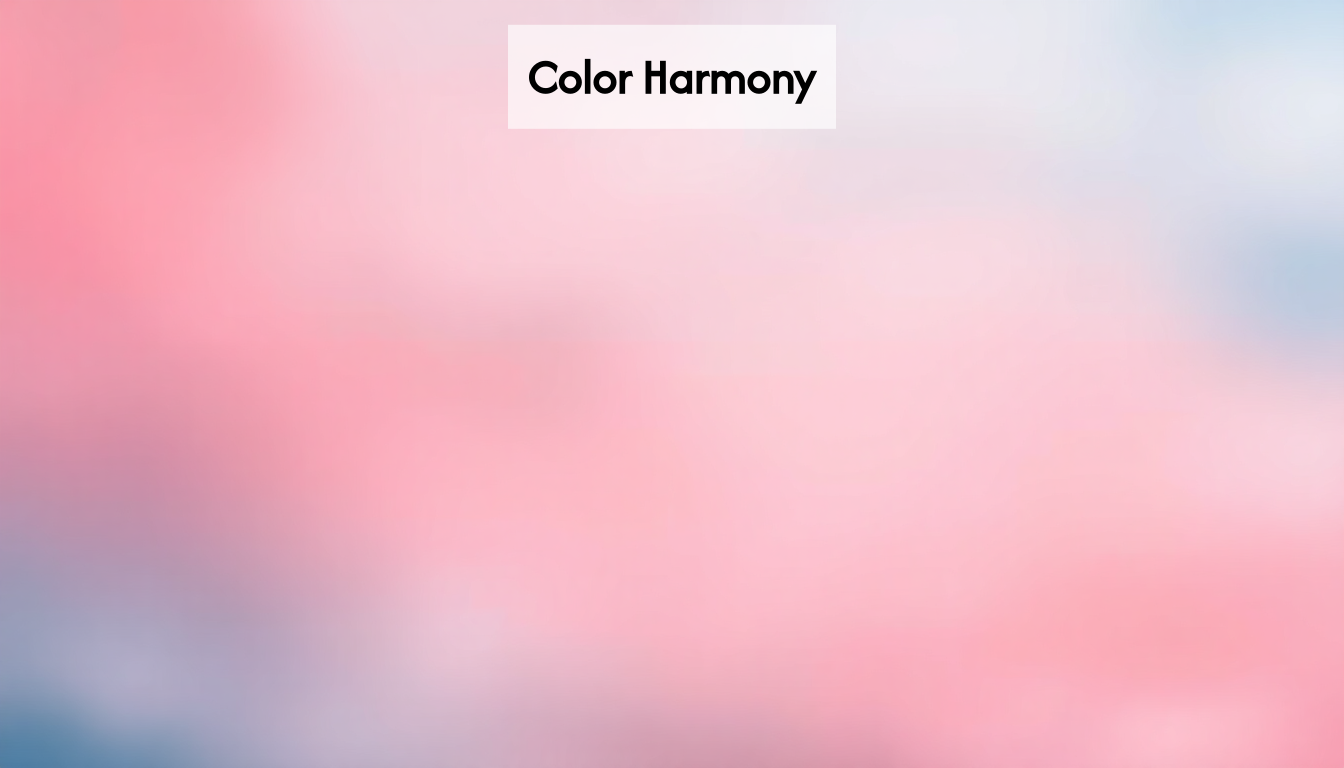
Pollock’s “Number 1A, 1948” stands as a definitive example of abstract expressionism. This groundbreaking work features:
- Revolutionary technique: Paint dripped and splattered across a large canvas on the floor
- Rhythmic patterns: Creating visual movement through intricate webs of color
- Emotional intensity: Raw energy captured in every line and splash
Pollock’s approach to creating abstract expressionist paintings involved laying canvas flat and moving around it, allowing physical motion to determine compositional elements. This technique embodied the philosophy that the act of painting itself was as important as the finished product.
Mark Rothko: Emotional Color Fields
Rothko’s “No. 61 (Rust and Blue)” exemplifies a different strand of abstract expressionism:
- Large color blocks: Soft-edged rectangular forms dominate the canvas
- Luminous color relationships: Creating psychological and emotional impact
- Contemplative quality: Inviting viewers to experience meditative immersion
According to art historian Stanislav Shinkovich, Rothko used “layered thin veils of paint to create luminous surfaces” specifically designed to evoke profound emotional and spiritual experiences.
Willem de Kooning: Dynamic Abstraction
De Kooning’s “Woman I” represents abstract expressionism’s ability to bridge abstraction with figuration:
| Artistic Element | Function in the Work |
|---|---|
| Aggressive brushstrokes | Convey emotional turbulence |
| Fragmented forms | Challenge traditional representation |
| Bold color contrasts | Create visual tension |
These examples of abstract expressionism art demonstrate how the movement’s artists developed unique visual languages while sharing a commitment to emotional authenticity, spontaneous creation, and breaking traditional artistic boundaries.
Creative Techniques in Abstract Expressionism
Abstract expressionist artists pioneered revolutionary techniques that broke from traditional methods, emphasizing spontaneity and emotional connection. These approaches fundamentally changed how artists interacted with their materials and canvases.
Action Painting Techniques
Action painting represented the dynamic, physical side of abstract expressionism, with several distinctive techniques:
-
Drip and Splash Painting: Artists like Jackson Pollock revolutionized art by laying canvases on the floor and using gravity as a creative force. According to Artsology, this technique involves “using various tools (sticks, brushes, hands) and letting emotions guide the application of paint through dripping, splashing, and smearing.”
-
Gestural Brushwork: Rapid, expressive brushstrokes that captured the artist’s physical movements and emotional state in the moment.
-
Automatic Drawing: Derived from Surrealism, this technique involved drawing without conscious control, allowing the unconscious mind to guide the hand.
Color Field Approaches
Color field painters developed techniques focused on creating emotional impact through color relationships:
- Staining: Artists like Helen Frankenthaler poured thinned paint directly onto unprimed canvas, allowing it to soak in and become one with the surface
- Color Layering: Building translucent layers of color to create luminous, atmospheric effects with emotional resonance
- Edge Manipulation: Creating soft, blurred boundaries between color areas to enhance contemplative qualities
Experimental Material Usage
Abstract expressionist painters often expanded their technical vocabulary through unconventional materials:
| Material | Application | Effect |
|---|---|---|
| House Paint | Applied with industrial tools | Raw, unrefined texture |
| Sand/Gravel | Mixed into pigment | Dimensional, tactile surfaces |
| Metallic Paints | Integrated with traditional media | Reflective, dynamic surfaces |
These innovative techniques emphasized process over product, creating expressionism abstract paintings that embodied both the physical act of creation and the artist’s emotional state. The spontaneous, unplanned nature of these approaches allowed abstract expressionist artworks to capture authentic emotional experiences rather than planned compositions.
Pioneering Key Abstract Expressionist Artists
The abstract expressionism movement was defined by visionary artists who pushed the boundaries of visual art. These pioneering figures developed unique approaches that collectively transformed the art world and established America’s first internationally influential art movement.
Action Painting Visionaries
Jackson Pollock (1912-1956) revolutionized painting through his radical “drip” technique. His most celebrated abstract expressionist paintings include:
- “Autumn Rhythm (Number 30)” (1950)
- “One: Number 31” (1950)
- “Convergence” (1952)
Pollock’s innovative approach of placing canvas on the floor and moving around it while dripping paint created dynamic compositions that captured the physicality of the creative process itself.
Willem de Kooning (1904-1997) developed a powerful style blending abstraction with figuration. His “Woman” series demonstrates how abstract expressionist artists could incorporate recognizable elements while maintaining expressive freedom and emotional intensity.
Franz Kline (1910-1962) created bold, black-and-white compositions with massive brushstrokes that evoke architectural structures and convey tremendous energy and tension.
Color Field Pioneers
Mark Rothko (1903-1970) developed contemplative paintings featuring luminous rectangular forms that seem to float on the canvas surface. His color relationships create profound emotional and spiritual experiences for viewers.
Barnett Newman (1905-1970) used vertical “zips” dividing color fields to create transcendent experiences, representing what he called the “sublime.”
According to Goda Smilingyte at ArtGoda, these artists can be categorized into two main approaches: Action Painting, which “emphasized the act of painting as self-expression, using vigorous, spontaneous brushwork,” and Color Field Painting, which “focused on large areas of color, aiming for transcendence and emotional resonance through minimal composition.”
Women Abstract Expressionists
Often overlooked in early accounts of the movement, these influential artists made significant contributions:
| Artist | Key Contribution | Notable Work |
|---|---|---|
| Helen Frankenthaler | Pioneered the “soak-stain” technique | “Mountains and Sea” (1952) |
| Joan Mitchell | Created explosive, energetic landscapes | “City Landscape” (1955) |
| Lee Krasner | Developed complex, rhythmic abstractions | “The Seasons” (1957) |
These artist of abstract expressionism created deeply personal visual languages while sharing a commitment to emotional authenticity and artistic freedom that defined this revolutionary movement.
Modern Impact of Abstract Expressionism
Abstract expressionism continues to exert profound influence on contemporary art, design, and culture. This revolutionary movement’s legacy extends far beyond its original context, shaping how we understand creative expression today.
Influence on Contemporary Art Movements
Numerous art movements developed directly from abstract expressionism’s foundational ideas:
- Neo-expressionism: Artists like Jean-Michel Basquiat and Anselm Kiefer revived expressionist techniques with contemporary themes
- Process art: Emphasizes the creative journey over the finished product, directly inspired by action painting’s focus on process
- Installation art: Draws on abstract expressionism’s concept of creating immersive emotional experiences
According to Richard Veal at White Court Art, abstract expressionism “significantly impacted the art world” by “expanding the definition of artistic practice” through its emphasis on the creative process and emotional journey.
Transformation of Art’s Cultural Position
Abstract expressionism fundamentally altered art’s place in society and culture:
- Shifted the art world’s center: Established New York as a global art capital, challenging European dominance
- Democratized artistic expression: Validated personal expression as art’s primary purpose rather than representation
- Elevated the status of American art: Positioned American artists as innovative leaders rather than followers
Practical Applications in Design and Media
The visual language of abstract expressionism has been integrated into:
| Field | Abstract Expressionist Influence |
|---|---|
| Interior Design | Emotional color theory and dynamic compositional approaches |
| Fashion | Spontaneous patterns and expressive textile designs |
| Digital Media | Non-representational UX elements and emotional color palettes |
Continued Relevance in Contemporary Practice
Many principles of abstract expressionism remain vital to today’s artists:
- The emphasis on authentic self-expression continues to validate deeply personal art
- The concept of art as experience rather than just an object persists in contemporary installations
- The rejection of traditional boundaries encourages ongoing artistic innovation and experimentation
The examples of abstract expressionism we’ve explored throughout this article demonstrate why this movement remains so influential. By prioritizing emotional truth, spontaneous process, and artistic freedom, abstract expressionist paintings created a visual vocabulary that continues to resonate with audiences while inspiring new generations of artists to push creative boundaries.
Frequently Asked Questions
What is Abstract Expressionism?
Abstract Expressionism is a mid-20th century art movement that emphasizes spontaneous, personal expression through bold colors and dynamic forms. It emerged as a response to the emotional turmoil following World War II.
Who are the key artists associated with Abstract Expressionism?
Prominent artists linked to Abstract Expressionism include Jackson Pollock, Mark Rothko, Willem de Kooning, and Helen Frankenthaler, each bringing unique perspectives to the movement’s core principles.
What techniques are commonly used in Abstract Expressionism?
Common techniques include drip painting, gestural brushwork, color staining, and the use of unconventional materials, all aimed at expressing emotional experiences rather than creating representational art.
How did Abstract Expressionism impact the modern art world?
Abstract Expressionism greatly influenced contemporary art movements by redefining artistic practices, promoting personal expression over traditional aesthetics, and establishing New York City as a central hub for modern art.
Bring Bold Emotions Home with Unique Art Pieces
Are you looking to infuse your space with the vibrant, spontaneous energy of Abstract Expressionism? The raw emotions and daring techniques that defined this revolutionary art movement, as explored in “Explore Example of Abstract Expressionism: Bold Art Unveiled,” can now be experienced in your own home.
Imagine filling your walls with stunning canvas prints or original paintings from Chiara Rossetti that capture the essence of emotional authenticity and spontaneous creation. Each piece is meticulously crafted to ensure that the act of creating art remains as impactful as the final product, just like Pollock’s dynamic brushstrokes or Rothko’s luminous fields of color.

Are you ready to transform your living space into a vibrant expression of artistry? Visit Rossetti Art today to discover how you can bring these bold emotions into your home. Don’t wait – elevate your space and embrace the power of personal expression through Chiara Rossetti’s unique creations. Your perfect piece awaits!

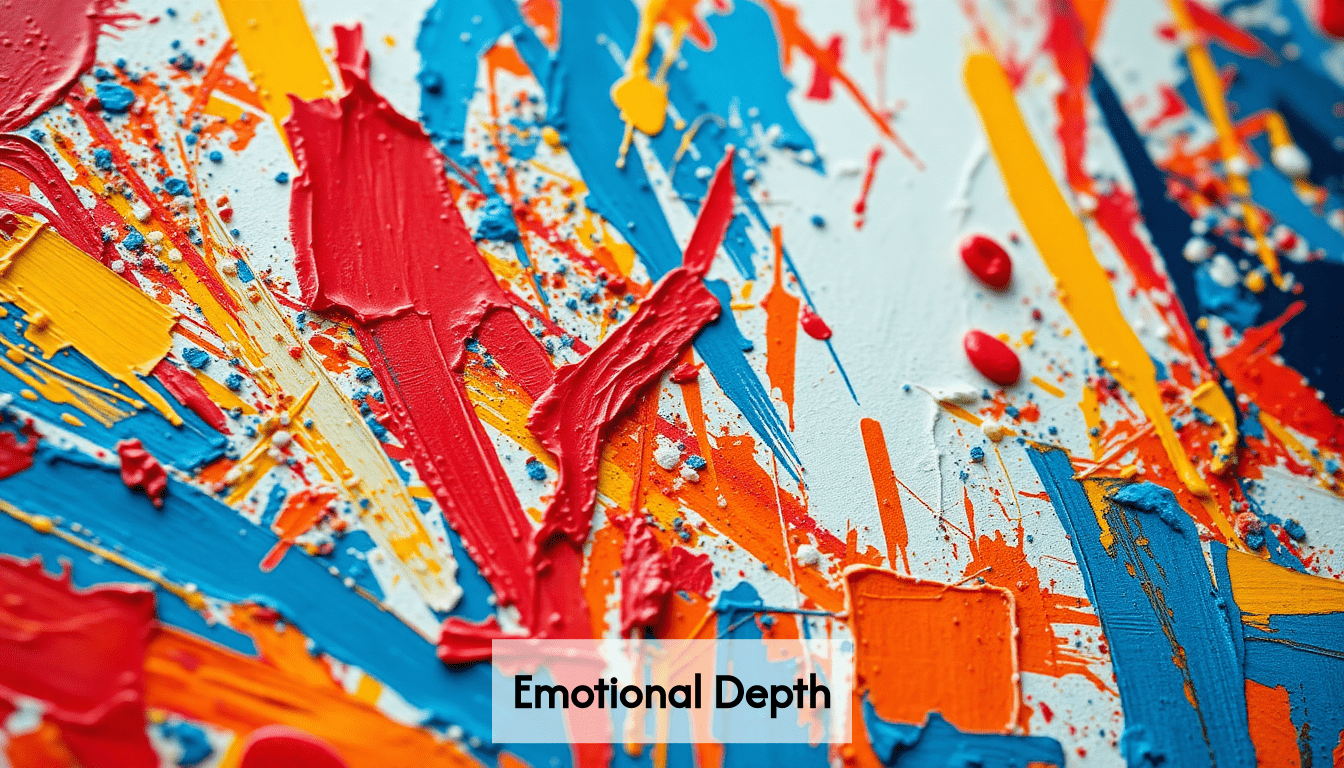
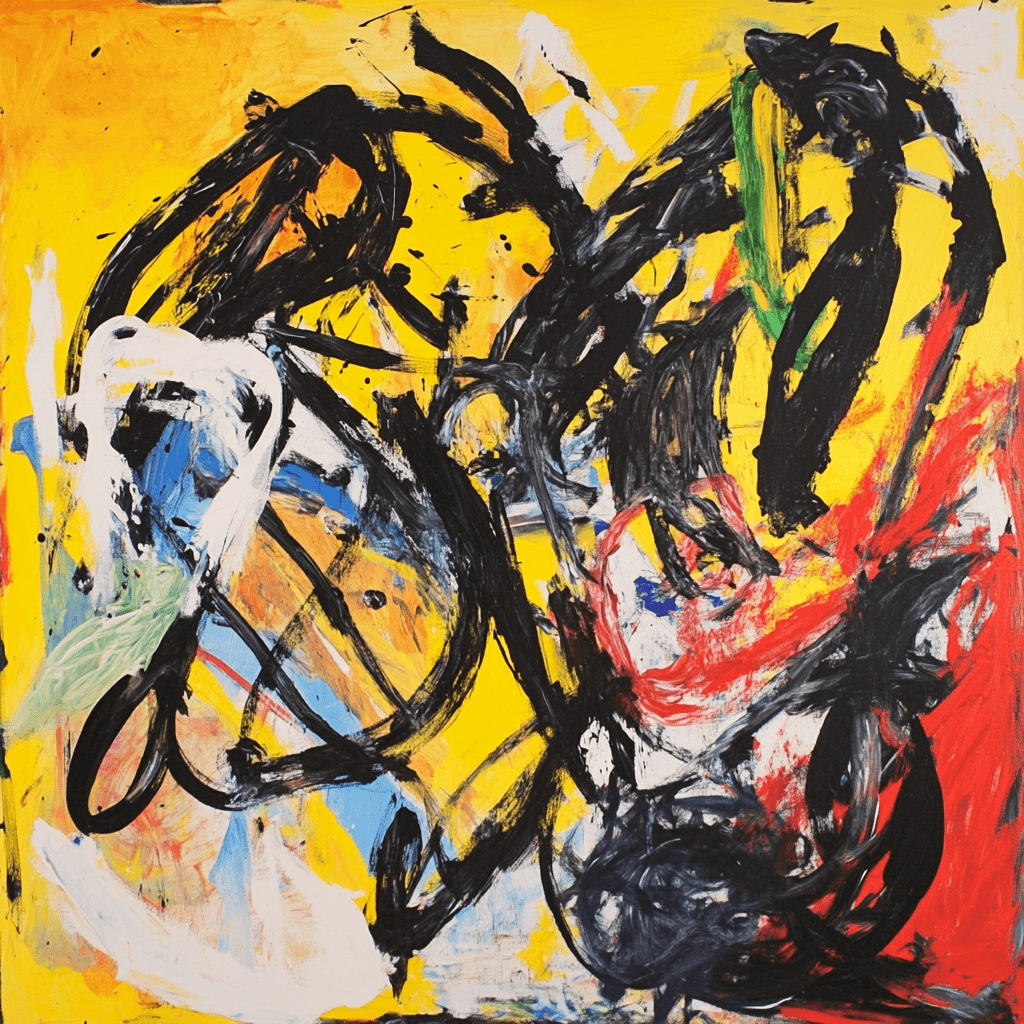
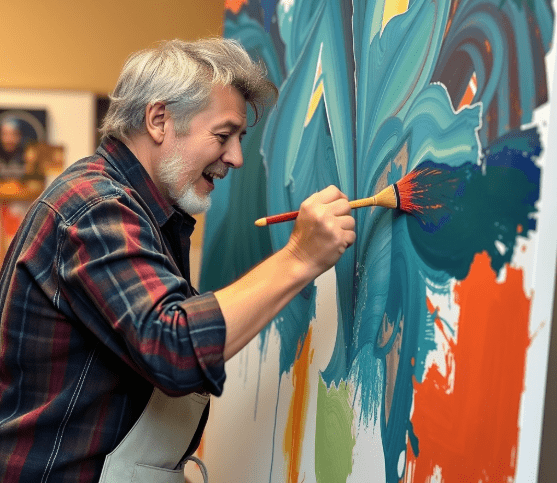
Leave a comment
This site is protected by hCaptcha and the hCaptcha Privacy Policy and Terms of Service apply.